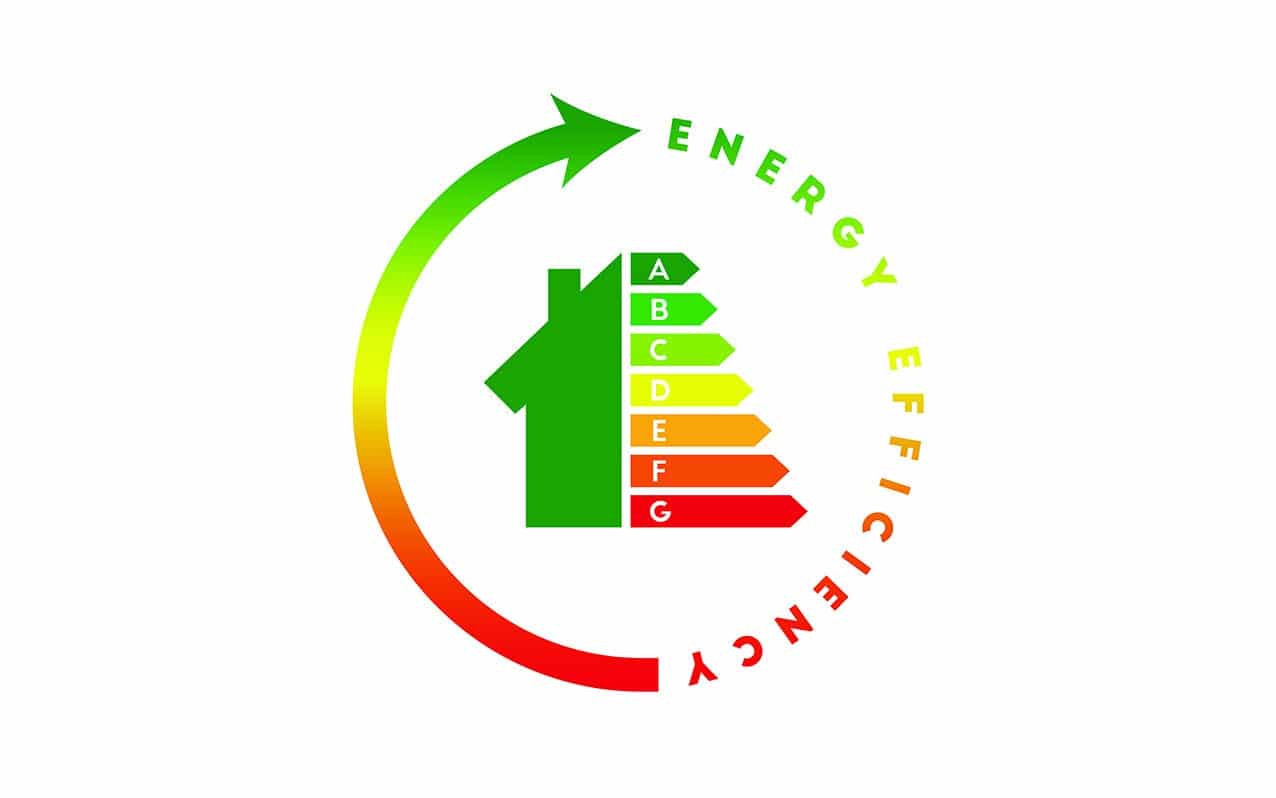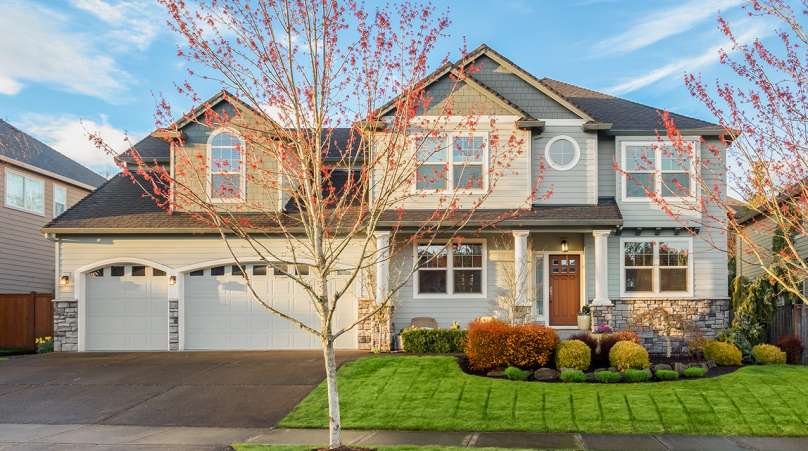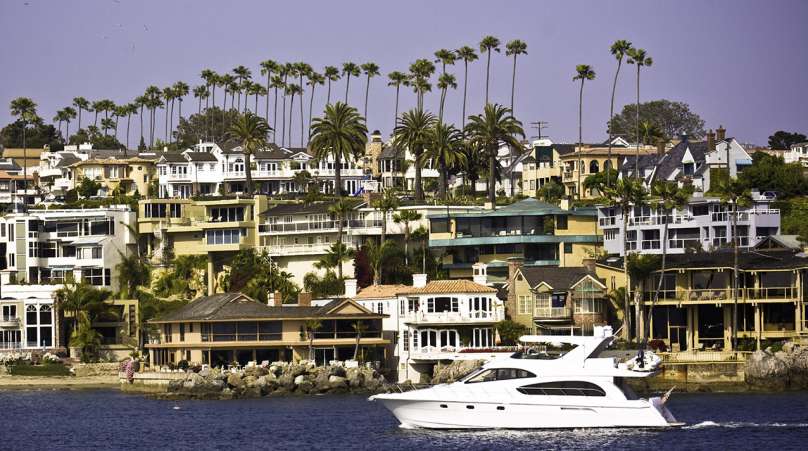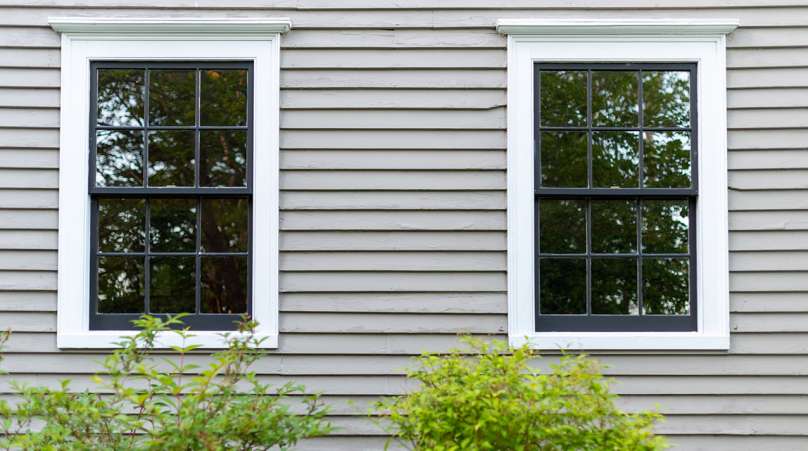
4 Types of Windows That Increase Energy Efficiency
There are several factors which affect the energy efficiency that any replacement window will be able to deliver inside your home. The glass itself, the frames, and even the method of installation can all have a major impact on energy efficiency. In general, you can usually find out how energy-efficient a given window is by paying close attention to the label which is attached to it. However, not all information related to energy efficiency will be contained on the label, and some types of windows are able to deliver a little extra energy efficiency just because of the type of window they are.
Picture windows
Picture windows are energy efficient by their design, because they are intended to be stationary and sealed directly within the frame surrounding them. As opposed to movable windows which can be cleaned more easily, picture windows will always stay in place, and will always retain their energy-efficient characteristics while doing so. Because they are directly sealed into place within their framework, no external air is allowed inside, and no conditioned air from the interior escapes to the outside.
Casement windows
Casement windows are another type of window which have built-in energy efficiency because of the way they’re designed. This is primarily because there is a strong seal on casement windows on all four sides, and that allows for no inter-mixing of interior and exterior air supplies. In addition, casement windows often contain double-pane glass or triple-pane glass, so this sandwich affect adds to the overall energy efficiency of the window itself.
Energy Star windows
Energy Star windows are the most energy efficient windows you can purchase, and they are easily identifiable by the distinctive blue sticker attached to the window. These types of windows are certified by the government, and have performance ratings which are similar to those issued by the National Fenestration Rating Council (NFRC). Whenever you see this blue Energy Star logo, you can count on the window being considerably more energy-efficient than any window which lacks that blue star. Keep in mind that this kind of certification is usually based on your particular climate and geography, so if you purchase Energy Star windows in the Southwest, they may not perform as well if you have them installed in a home that’s located in the northeast.
Low-E windows and Low-E glass
Low-E Windows and low-E glass help to increase thermal performance, by blocking out ultraviolet and infrared light, while admitting visible light into the interior of your home. Infrared light is closely coupled with heat energy, and by blocking that out, low-E Windows help to prevent excessive heat from getting to your home’s interior. This will obviously provide a tremendous benefit in the heat of summer, but in colder times of the year, low-E glass works in the opposite manner to be just as beneficial. When the temperatures are much colder, low-E glass can reflect heat back into your home so that there won’t be as much heat loss, and so you’ll maintain greater energy efficiency. Depending on the geographic area where you live, you will be able to choose from different types of low-E window glass that are appropriate to your particular climate.




